Passion for Water and Woodworking = New Career
Tuesday, November 12th, 2019This is Passport to Texas
As a kid, Tony Smith loved knowing how things worked and creating with his hands; he also had a passion for water.
We grew up in Houston and so we would go down and go fishing—my brothers, my parents. All the time. We just loved being around the water. Later in life, in college, I started surfing and really fell in love with that. Hence, wanting to build paddleboards and surfboards in the first place.
Today Tony handcrafts paddleboards and surfboards in a warehouse using sustainably harvested wood, reclaimed lumber and recycled foam. He built boards for personal use in his free time while working a finance job he loved. His hobby became a business; he had a foot in each world
I came here on my lunchbreak one day. Did a little bit of work, zipped back to the office, and my Admin said, ‘Dude—you have sawdust all over the back of your suit.’ And I knew then, it’s time to make that decision to go for it and haven’t looked back since.
Now he spends his days handcrafting unique paddle and surf boards, under the name Jarvis Boards. Boards that, help people enjoy their time outdoors.
It’s really taken me aback how much I’ve enjoyed connecting with the individuals that have purchased our boards. And literally seeing on Instagram somebody in California, or Michigan or Switzerland out paddling with their family and making those family memories. It’s really cool for me personally because I feel like I’m a small part of that.
Learn Tony Smith’s story at jarvisboards.com
For Texas Parks and Wildlife, I’m Cecilia Nasti.
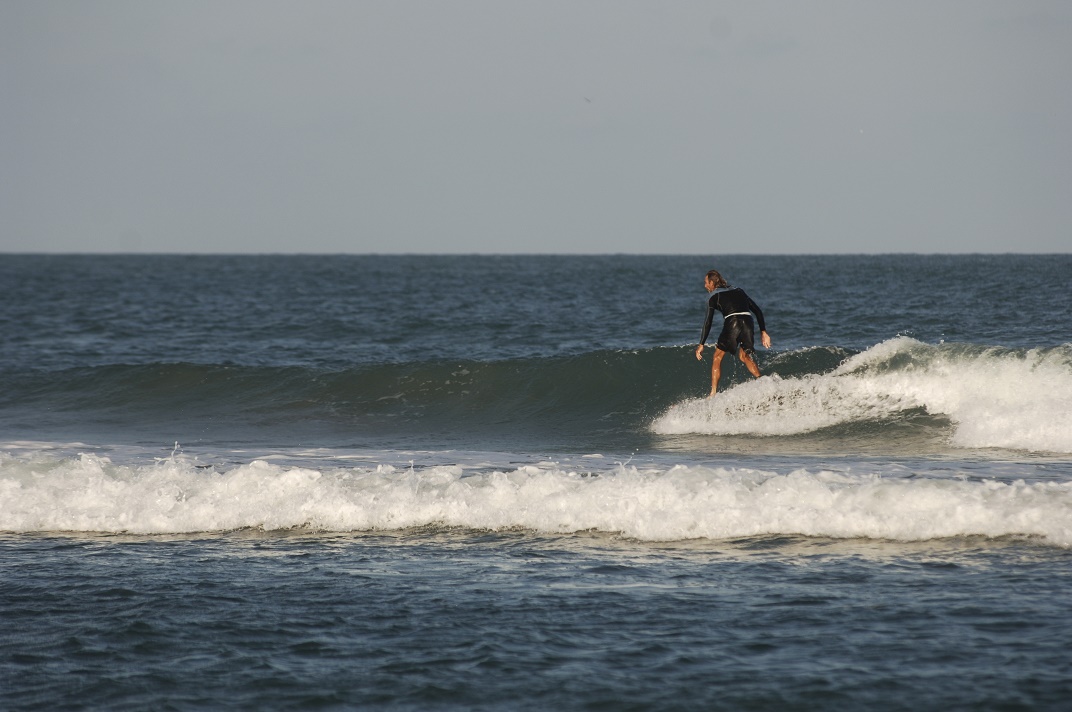

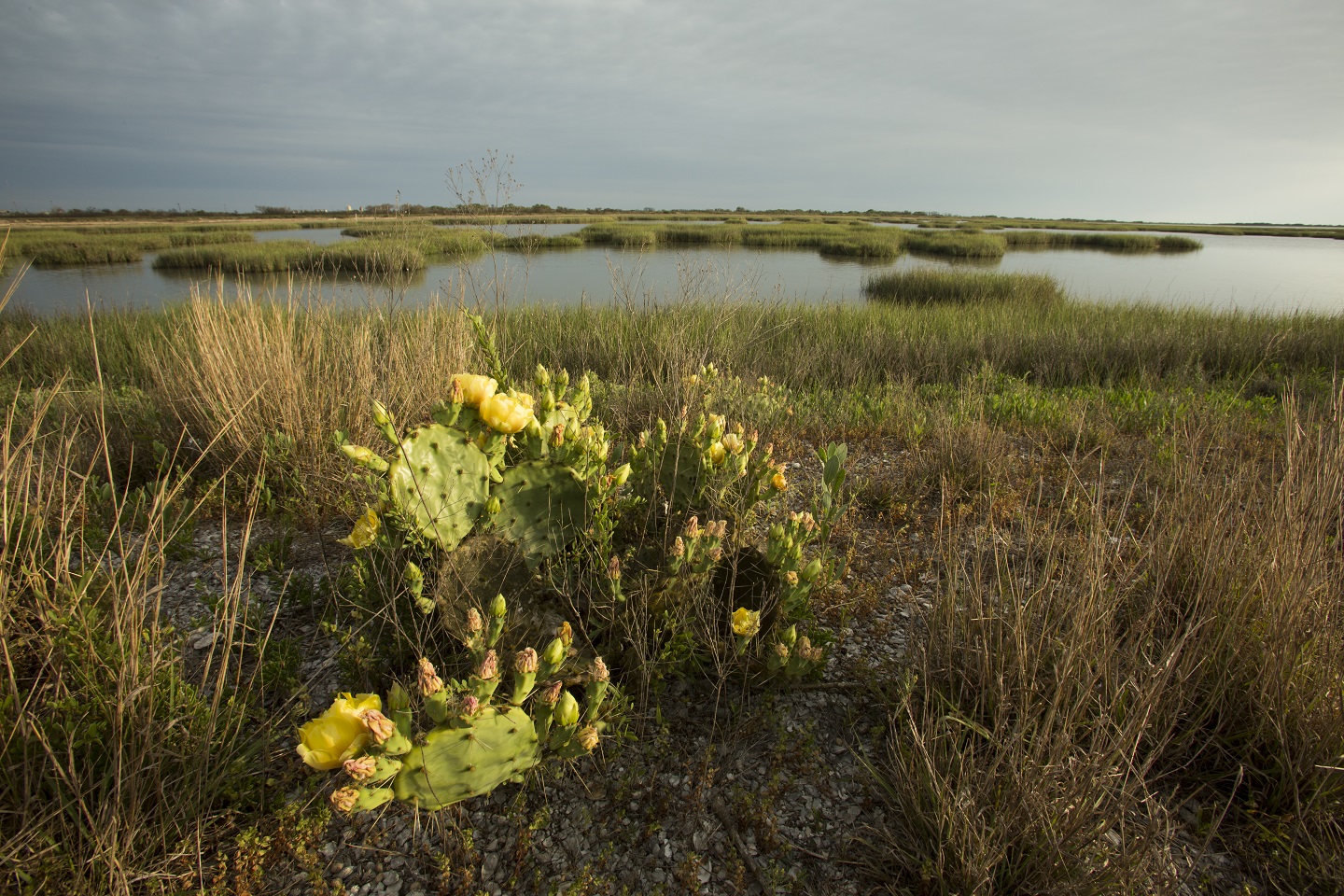
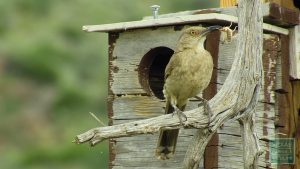
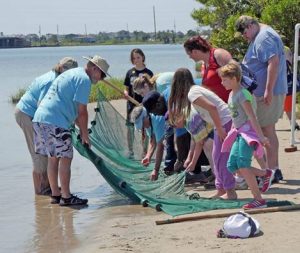
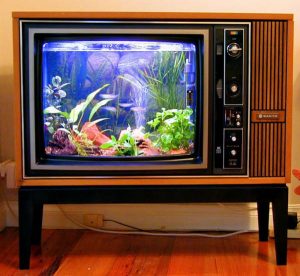

 Passport to Texas is a
Passport to Texas is a  Passport to Texas is made available by:
Passport to Texas is made available by: